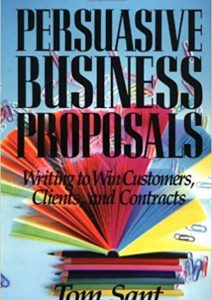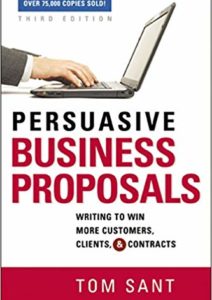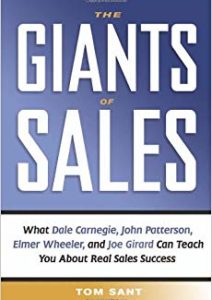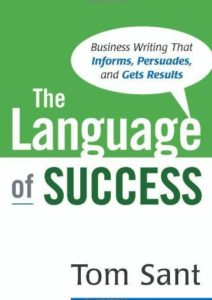At a recent conference, I started out by quoting from my favorite American philosopher, Will Rogers. Here’s what the Oklahoma cowboy said:
“It isn’t what we don’t know that gives us trouble. It’s what we know that ain’t so.”
That wisdom certainly applies to the field of persuasion. There are things that people are certain they know, things that are in fact false. Here are six of them:
#1: You can persuade people to do almost anything.
False. Persuasion is not the same as coercion or manipulation. People make a choice to be persuaded. Persuasion is the form of communication we use when we are trying to help customers and prospects make a decision, and they respond to it to the degree our message is in alignment with the way they choose.
#2: If you give customers enough facts, you’ll get their business.
Wrong. People do not base their decisions on facts. Research into the way the brain functions has shown that the first step in any decision process is emotional engagement. (For example, take a look at Antonio Damasio’s Descartes’ Error or Daniel Kahneman’s Thinking, Fast and Slow.) Without an emotional response at the outset, persuasion does not occur.
#3: Some folks are “natural born” salespeople.
No. Charisma and personality are helpful, but they are no guarantee of success, particularly in complex or technical sales. Some of those effective sales professionals may not know why they’re successful—that is, they may be unconsciously competent. But effective sales people have certain habits and behaviors in common, including the so-called “naturals,” even when they’re not aware of those habits and behaviors.
#4: Price is the only thing that matters to most buyers.
Not according to various studies, including one by the Huthwaite organization during the depths of the recent recession that showed 4 out of 5 large-scale deals went to a vendor who was not offering the lowest price. Dr. Reed Holden, an economist who specializes in strategic pricing, has found that there is a subset of buyers which looks only at price. But a larger group looks at value and at long-term relationships. In reality, if price is the only thing that matters, then customers probably believe they are buying a commodity.
#5: If you just follow the right sales method, you will succeed.
Lots of sales gurus want you to believe this myth, at least when it comes to their methodology. And there’s a corollary myth you’ll see pushed time and time again: great sales people use a lot of secret tricks and gimmicks. The truth is that no one method is right for every buyer nor for every seller. Sales people who try to follow a method that feels unnatural come across as phony. Likewise, tricks and gimmicks alienate sophisticated buyers. Try to look for the truth embedded in the heart of the method and ignore the superficial—the forms you fill out, the diagrams you draw, the emails you have to send, or any of that nonsense.
#6: Some words are “magic”—if you use them in your pitch or proposal, the customer will automatically say “Yes”.
Words matter, but rather than some words being “magic,” the fact is that some words are toxic. A study done by Danny Oppenheimer at Princeton found that using big words causes the reader to believe the writer is less intelligent than someone who uses simpler words to express the same ideas. In my own experience, I have found that the overuse of “marketing fluff”—phrases like world class, best of breed, leading edge, seamless, synergistic, and so on—causes the reader to distrust the writer. Lack of intelligence and lack of trust? That’s not a recipe for being persuasive.
To persuade others, we need to focus on what matters to them, show them the value they can obtain by addressing the problem or issue they face, and then demonstrate how we can help them with a solution they can trust. It’s not easy, but it’s a lot easier when we stop relying on stuff we think we know that just ain’t so.
Editor’s Note: Below, another contributor to our blog, Chad Porter of Invisume, has an interesting take on persuasion; this video is about tailoring your message to your medium….
***














